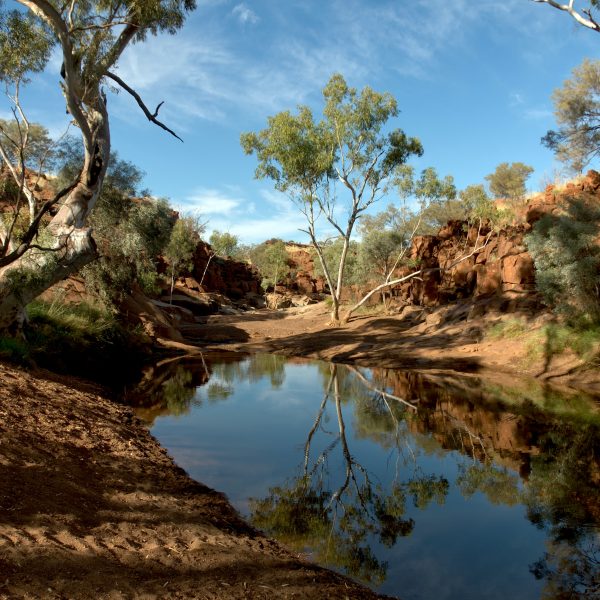SNAICC works in partnership to build momentum around National Commissioner role

SNAICC – National Voice for our Children is developing a comprehensive Model Options Paper that explores other possible models based on assessing existing national and international commissioner roles against the Paris Principles, and identifies best practice elements, in pursuit of its goal to build momentum for the establishment of a national commissioner for Aboriginal and Torres Strait Islander children and young people in Australia.
In October 2019, SNAICC and Family Matters developed a Position Paper on the establishment of a national commissioner for Aboriginal and Torres Strait Islander children and young people that was supported by more than 80 organisations across Australia. The Position Paper proposed a model for a national commissioner to sit within the Australian Human Rights Commission.
Since the release of the Position Paper, some stakeholders have suggested that consideration of additional models may be worthwhile. With the support of leading Australasian law firm King & Wood Mallesons, SNAICC is developing a comprehensive Model Options Paper that explores other possible models based on assessing existing national and international commissioner roles against the Paris Principles and identifies best practice elements.
SNAICC’s 2019 Position Paper outlines the “clear and compelling” case for the establishment of a national commissioner that is dedicated to advancing the rights of Aboriginal and Torres Strait Islander children and young people across Australia.
The preparation of the Model Options Paper involved a comprehensive desktop review of existing Australian and international commissioner models, and the paper outlines key findings and recommendations for compliance with the best practice requirements for each element of the Paris Principles. Based on detailed review and analysis of eighteen commissioner models, the paper concludes that:
- the New Zealand and United Kingdom children’s commissioner models appear to be the best overall existing commissioner models when considered against the Paris Principles; and,
- the South Australian commissioner for children and young people appears to be the best existing Australian model when considered against the Paris Principles, although with the caveat that not all its functions are legislatively enshrined.
Most usefully, the paper outlines a “best practice composite model” that illustrates examples of best practice and provides concrete guidance for Federal Government decision-makers on the key elements required to establish an effective national commissioner.
Read a summary of the paper here – a full copy of the Model Options Paper will be published in December 2020.
Popular

Economics
Policy
Provider
Workforce
Prime Minister Albanese backs Tasmanian Labor’s childcare plan, highlights national early learning progress
2025-06-30 10:42:02
by Fiona Alston

Events News
Marketplace
Practice
Provider
Quality
Research
Workforce
How do you build and keep your dream team? ECEC Workforce and Wellbeing Forum tackles the big questions
2025-06-24 15:20:53
by Fiona Alston

Economics
Provider
Quality
Practice
Policy
Workforce
South Australia announces major OSHC sector reforms aimed at boosting quality and access
2025-06-30 09:49:48
by Fiona Alston












